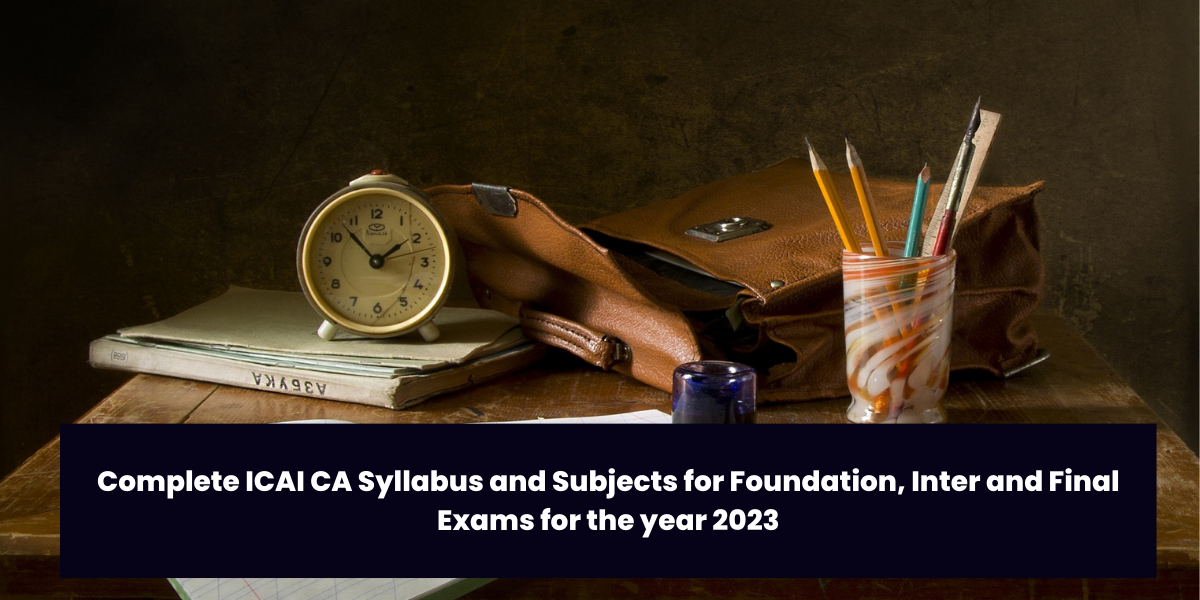What Next after ICAI CA Foundation Result 2022 Declared
ICAI CA Foundation result declaration was made on February 03 2023, for exams taken in December 2022. We are aware that you have numerous inquiries striking on your mind. What happened next? What to do after the ICAI CA Foundation result. What comes after the CA Foundation? Ok! You will receive all of your answers to questions and have all of your uncertainties cleared up in 10 to 15 minutes. You have successfully finished your first or foundational Chartered Accountancy Course. Find all the materials you need for the following level, which is CA Intermediate.
Check here : CA Foundation Result 2022 – Know the Dates, How to Check the Results
What after CA Foundation Result 2022?
Within two weeks of the ICAI CA Foundation result being announced, the institute will begin the marks-verification procedure for the exams held in December 2022. Candidates can apply for a mark verification by following the instructions below.
- Candidates should include a payment request and a handwritten request that is signed by them.
- The procedure of verifying ICAI CA marks may take up to six to eight weeks.
- Authorities will return the money paid for the verification if the candidate’s marks alter in any way.
- Final results of the applicants for verification will be made available on the ICAI’s official website.
Procedure to Apply for Marks Verification for CA Foundation 2022
CA Foundation candidates must send their physical applications and the required money of Rs. 100 to the following address by fast post or registered mail in order to have their CA marks verified:
The Joint Secretary (Exams)
The Institute of Chartered Accountants of India
ICAI Bhawan
Indraprastha Marg
New Delhi 110 002
What next after passing CA Foundation?
You must sign up for the CA Intermediate course after passing CA Foundation. Become familiar with the CA Intermediate Syllabus. Choose the subjects for which you will prepare yourself now, and sign up for tutoring for the other papers. Start your preparation after that with the aid of study materials and, if necessary, suggested books. Solve questions from prior attempts and compare your findings to the ICAI’s proposed solutions. To increase your confidence, practise sums and theoretical questions using RTP and MTP. Regulatory updates and revisions pertinent to each exam are published by CA Institute. For the most latest ICAI announcements and updates on corporate law, GST law, and income tax law, you can also subscribe to our YouTube channel.
Because of inadequate knowledge and instruction, many students do poorly on the CA Inter exams. One of the most crucial things you should always keep in mind is that only CA Institute itself can offer you any trustworthy resources. Therefore, you ought to visit the official ICAI website, icai.org, at least once per week. If you pass the CA Foundation test in December 2022, you must register by March 1, 2023 (tentative), in order to be able to submit your application for the CA Inter exam, which will be administered in November 2023 due to the eight-month preparation period before the CA Intermediate exams.



